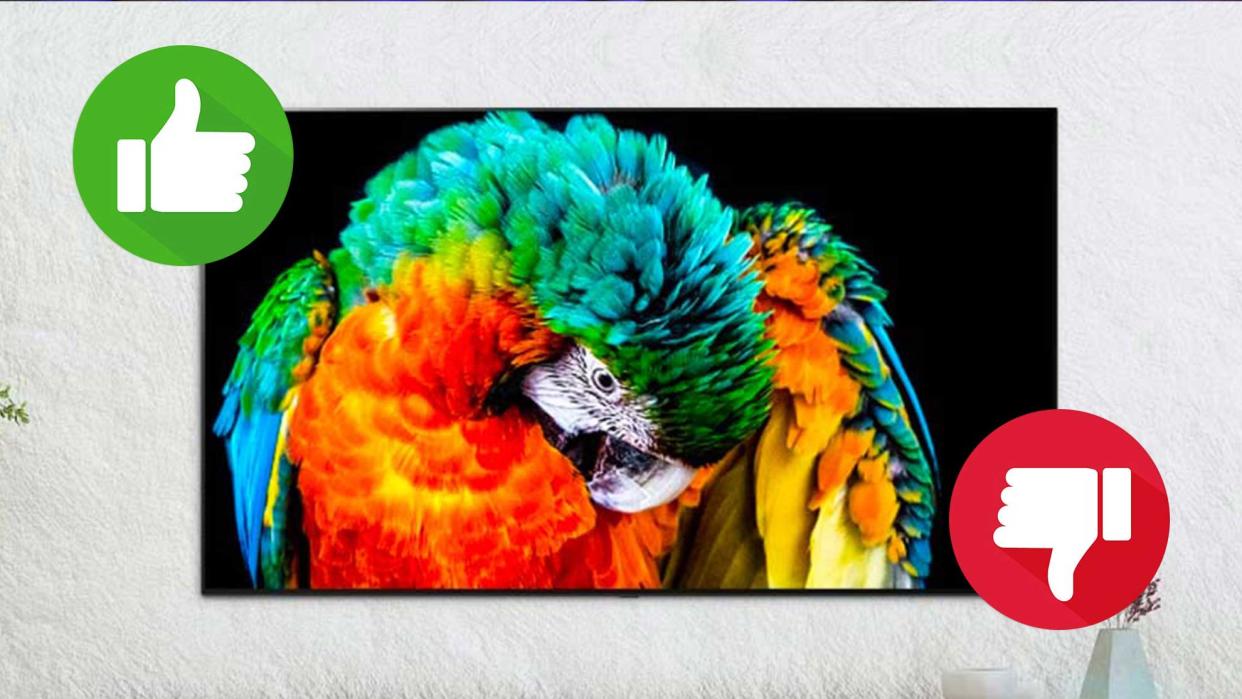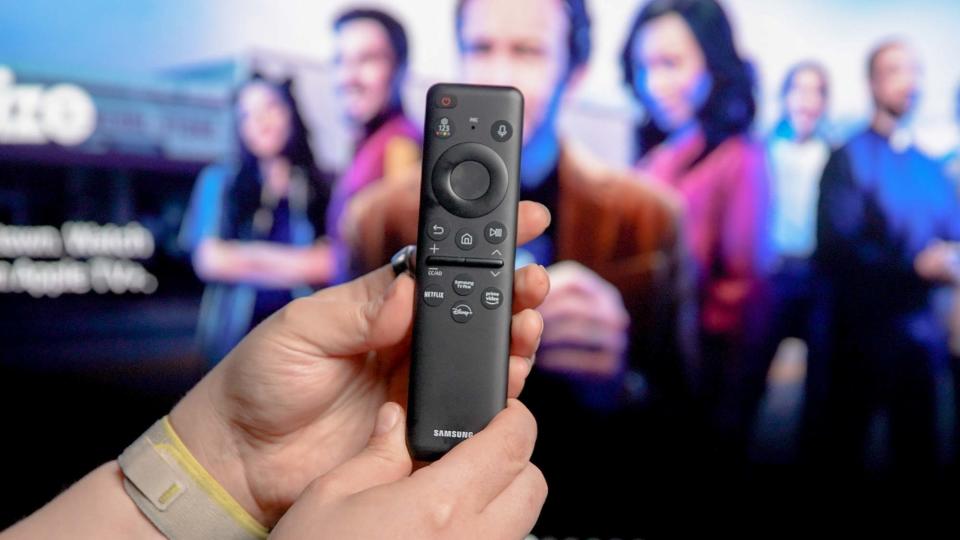LG C4 OLED — here’s what I want from LG’s next-gen OLED TV

LG’s C-Series OLED TVs are, arguably, some of the best TVs of the last decade. They’ve set the bar for other OLED TVs to follow and, recently, have arrived at a price point that most folks can afford.
That being said, I wasn’t completely thrilled with this year’s LG C3 OLED. It used the same panel as last year’s LG C2 OLED and really only packed in a new processor. That might be fine for laptops, but for TVs, you really want to see big updates to all aspects of the display.
That’s why I’m hoping that, next year, the LG C4 OLED — or whatever it ends up being called — has a few new features from higher up in the range. If it does, then I think the C4 OLED stands a shot at being the best OLED TV we’ll see in 2024.
Improvement #1: It needs Micro Lens Array tech

Arguably the biggest improvement LG can make to the successor of the good-but-not-groundbreaking LG C3 OLED would be adding LG Display's META panel from the LG G3 OLED that uses Micro Lens Array (MLA) technology.
MLA, in case you missed my deep dive into the technology back in February, uses a compact cluster of lenses to amplify light. There are roughly 42.4 billion micro lenses in a 77-inch panel or roughly 5000 microlenses on a single pixel.
Primarily, MLA technology will make OLED TVs significantly brighter (early estimates put that number to be around 70% brighter than non-MLA OLED models) but it will also help broaden off-axis viewing angles as well.
Why is it a good candidate for the LG C4 OLED? The LG C3 didn't offer much of an improvement in brightness over the LG C2 OLED and considering that MLA is being used in the LG G3 OLED, it’d only make sense to bring that technology down into the C-Series in 2024. That — along with the rest of this wishlist — is what will catapult the C4 OLED to the top of best TV lists next year.
Improvement #2: Better burn-in prevention technology

Burn-in — or, more broadly, pixel degradation — is an issue that we’ve been writing a lot about here at Tom’s Guide. LG has made some huge strides in this area over the last few years since the introduction of its EX panels that use a stable hydrogen isotope called deuterium. That said, LG still uses some pretty draconian techniques to prevent burn-in. (Read: This hidden LG OLED TV feature fixes our biggest complaint — how to turn it on.)
What I’d like to see in the next generation of OLED TVs — in particular the C4 OLED — is a compromise here. I want LG to trust in deuterium to do its job while still allowing the user some protection from potential overuse. Instead of simply turning on the screensaver after two minutes of sitting idle, maybe implement a pop-up that asks “Are you still watching?” after five minutes instead. It’s a small change, but it’s one that would mean a world of difference when it comes to everyday use.
Improvement #3: Self-updating apps
One of the best improvements Microsoft and Sony made to the Xbox Series X and PS5 were the ability for games to update themselves when you’re not playing them.
Unfortunately, that lesson hasn’t quite made its way over to TV manufacturers.
Nearly every time I went to use an app during my review of the LG B2 OLED, it needed an update. Sure, these updates only took about 20 to 30 seconds, but it just feels so unnecessary to wait for them in a world where auto-updating apps exist.
Improvement #4: A solar-powered remote

Look, I love LG’s Wii-inspired Magic Remote as much as the next reviewer, but honestly, I’d trade it in a heartbeat for one of Samsung’s solar-powered remotes.
Why? Because batteries aren’t great for the environment, and at the rate I go through them for remotes around the house, I might as well start my own electronics recycling business. A solar-powered remote would not only save me a fortune on batteries, but it’d be great for the planet — something that companies like LG are striving for themselves.
Improvement #5: The price of the TV to stay the same
OK, I know I’m asking a lot here, but I don’t want the price to go after these new features have been implemented: One of the most appealing parts of the LG C-Series in the last few years is how affordable it’s been — and I don't want that to change.
To LG’s credit, it swapped the panel technology to the C-Series in the past without increasing the price, first when it switched to the first-generation EX OLED panels and then again in 2022 when it brought OLED EVO panels to the C-Series.
It’s a tall order — especially on top of all the other proposed changes — but it’s something I think LG might be able to pull off with the C4 OLED.
I've got high hopes for next year's model — we'll find out how many of them LG can implement before the TV makes its appearance at CES 2024.
Need a new OLED TV while you wait? Check out the MLA-equipped LG G3 OLED or cutting-edge Samsung S95C OLED that uses a QD-OLED panel.